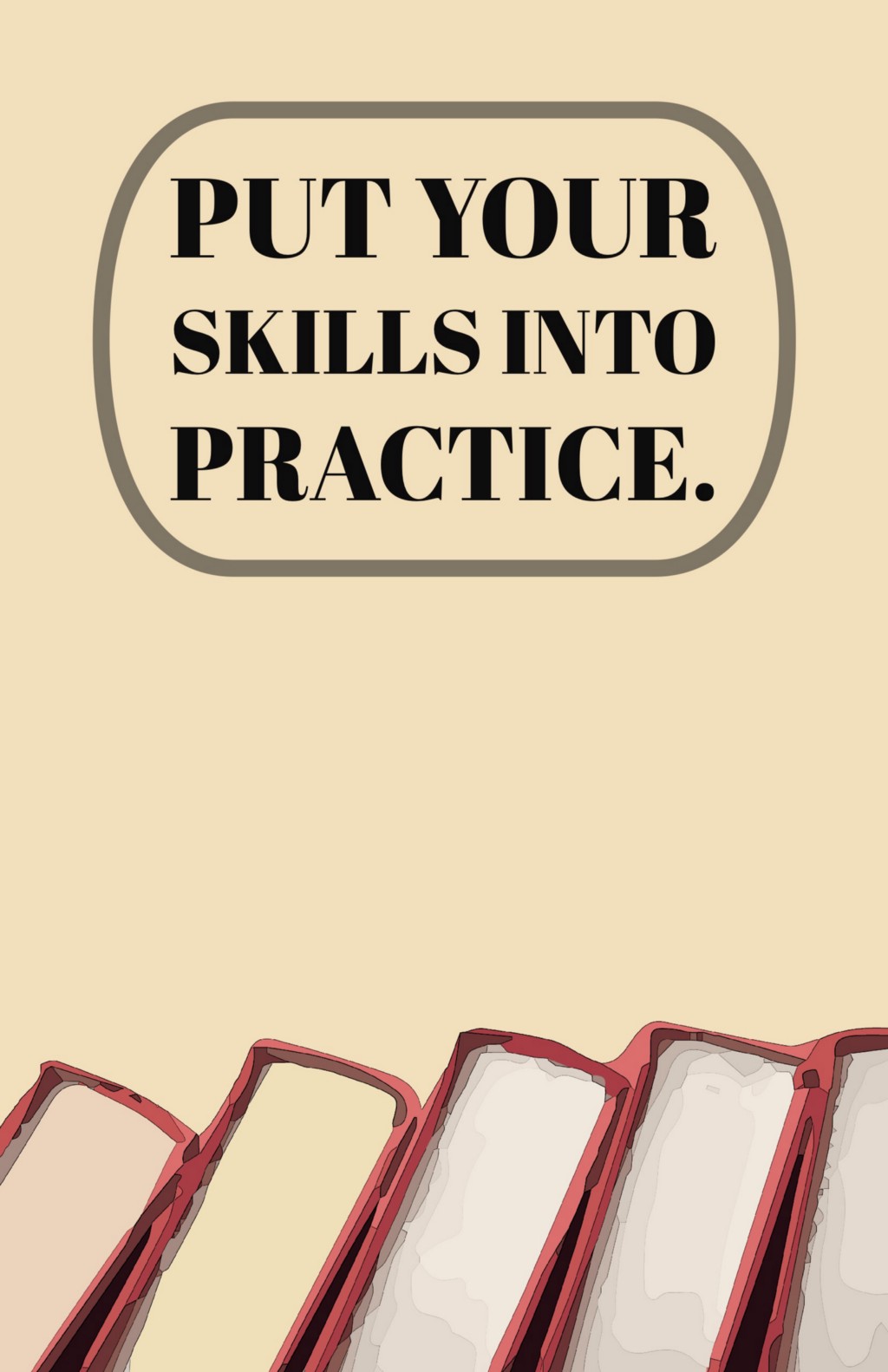*Even If They Should Be Forming Deeper Relationships With Folks Like Team Mark Brickey.
 One of my favorite parts of what I do is getting to answer questions.
One of my favorite parts of what I do is getting to answer questions.
I get questions from content creators about infrastructure and getting to the “next level.” I get questions from recruiters looking for help writing role announcements that can attract high-quality technical talent during a time when the landscape is shifting. I get questions from businesses about how to best navigate the complexity of a digital transformation.
But there are some questions, I’ve never quite grown comfortable with enough to “expect.” One such question: “what marketing do you like?”
The trouble with a question like that, is that so many decisions about what work gets to go “live,” happen in a venue that you just don’t have the ability to parse from the outside. Good work gets killed for curious reasons all. the. time.
It’s just hard to make judgments when you don’t have the necessary context.
The question is made even more difficult to answer given the way my role has evolved as we’ve grown. A few years ago, I could spend 100% of my time searching for great work.
 I did, too.
I did, too.
The trouble is, as you scale, your attention just has to be drawn towards other directions. One of the easiest ways to “cut through the noise,” is to shift your focus. When you’re competing in a space full of hurried competitors, you want to build your marketing strategy where you know the world is headed.
The digital media landscape is one such battleground.
In part, that’s because clients expect you to demonstrate deep understanding of the space, and aren’t so quick to understand that not every platform you package *your business *on will be a platform they should present their business on.
This makes a sort of intuitive sense to communications civilians, who I’ve often heard address the phenomena by asking “well, who would buy a workout product from someone who is out of shape!”
 Which is precisely why I’ve been so enthralled by the work of Team Ann Lewnes and the wondrous folks at Adobe.
Which is precisely why I’ve been so enthralled by the work of Team Ann Lewnes and the wondrous folks at Adobe.
*there are worlds of possibility hiding inside of the Adobe product catalog. Breaking into each product line in depth would quickly balloon this post far beyond the “readability” threshold, so I’m going to keep my work “high level.” If you’re curious, however, spend some time exploring the offerings starting *here.
The current approach seems to be breaking the offerings up into a handful of different “clouds.”
You’ve got your “Document” cloud including powerful tools for getting deals signed digitally.
That unique selling point lent itself well to becoming a focal point of this delightful spot:
https://medium.com/media/11ef697c541b93c0afa71891ebf16813/href You’ve got the “Experience” cloud, designed to help provide consistent cross-channel interactions, putting an end to troubling customer interactions like this:
https://medium.com/media/c893dbe901d9069184881e3ed902cd93/href (also I’d be remiss if I didn’t include an honorable mention for this delight
https://medium.com/media/7eac6f2ebd2ed1b69a7c75e2d7a71cf9/href )
In a recent Forbes interview, Ann explains that everything is content. For many businesses (particularly those undergoing digital transformations) matching that urgency with a measure of attention devoted to asset management is a struggle.
When you’re trying to change the way your business represents itself online, it’s easy to fall into the trap of applying your “old world” processes to new problems.
 That’s understandable enough, but it will not and cannot work for long. It’s asking your team who is already struggling to keep from falling behind to take on a series of tasks they really ought to have been addressed further up the organizational ladder.
That’s understandable enough, but it will not and cannot work for long. It’s asking your team who is already struggling to keep from falling behind to take on a series of tasks they really ought to have been addressed further up the organizational ladder.
If, for example, you’re asking your design team to 10x the platforms they’re designing for, are you making arrangements for 10x the reporting debt? If not, can you really blame the team for the emergent reporting bottleneck?
While I’ve picked a “productivity” example to make this point, the truth is that the same temptation to apply the “old” models to the “new” world can result in leaving opportunity on the table, too.
There’s a lot you can learn about how to do this right by studying the work of Team Ann Lewnes — but I want to highlight the details of just one case.
https://medium.com/media/612eb65d12a9236e28e27b0e8cb7e399/href There’s a lot of great things that can be said about this effort by team Daniël Sytsma and the wonderous folks at mcgarrybowen Amesterdam. So much so, that I’m sure a number of teams would have stopped their execution here — content to have made a well received, light hearted spot perfect for an industry that is often anything but.
But for Team Ann Lewnes, it was here that the magic really started.
A few weeks later, Adobe and the fine folks on the mgb team followed up with a solicitation for quotes from art directors they could record and use in an upcoming collectible.
A project like that does more than simply “extend” the cycle of coverage surrounding your spot.
 Ask yourself, who might submit a funny quotable from an art director?
Ask yourself, who might submit a funny quotable from an art director?
People who work underneath and directly above art directors — that’s who!
With a robust email list of in-industry and aspiring talent in that niche, the team has access to some of the best audience targeting capabilities modern marketing platforms can offer.
What can be done to engage those prospects? What can be done to message to an audience of users like those prospects?
How about a series of no-nonsense tutorials each about one specific use case that we can track and develop a greater understanding of the needs of our customer base?
Something like this, perhaps:
https://medium.com/media/9b513fcfea596acb360c9d10f1c38fb6/href Or this:
https://medium.com/media/4e519f8345c16d012b10aa0a8171daba/href How do we activate those engaged prospects and turn them into leads?
What about sponsoring a series of in-depth webinars explaining how we made our work and showing our audience how they can do the same?
Perhaps something like this:
https://medium.com/media/0280b0397133cc1536cadce17b58d224/href Or this:
https://medium.com/media/a7626bb0659fd5a6382cbd2b3176669a/href How do we identify the leads that are *marketing qualified: *people who are ready to do more than “talk” about what they’re interested in and are ready to get to work?
What about a contest, like this one?
Submission via social with a hashtag?
That’s a pretty clever way of highlighting the unique social listening features that make Adobe Experience Cloud so powerful. It’s a great way to ensure your activity has some inherently social sharing, too.
I think that one of the things that makes marketing marketing such a challenge is that it can feel a little bit like dancing about architecture.
But really, there just aren’t many better ways to show off what you do than having the courage to do it for yourself.
And that’s why I think Team Ann Lewnes is crushing it.

Share this post
Twitter
Facebook
Reddit
LinkedIn
StumbleUpon
Pinterest
Email